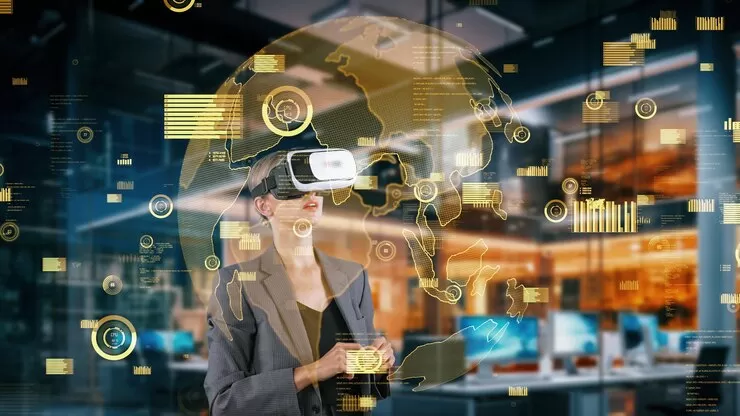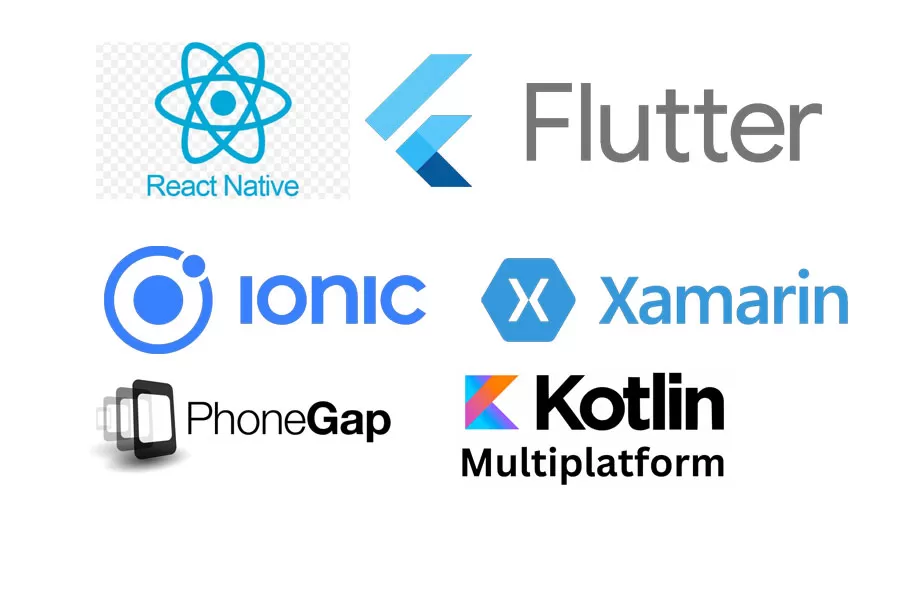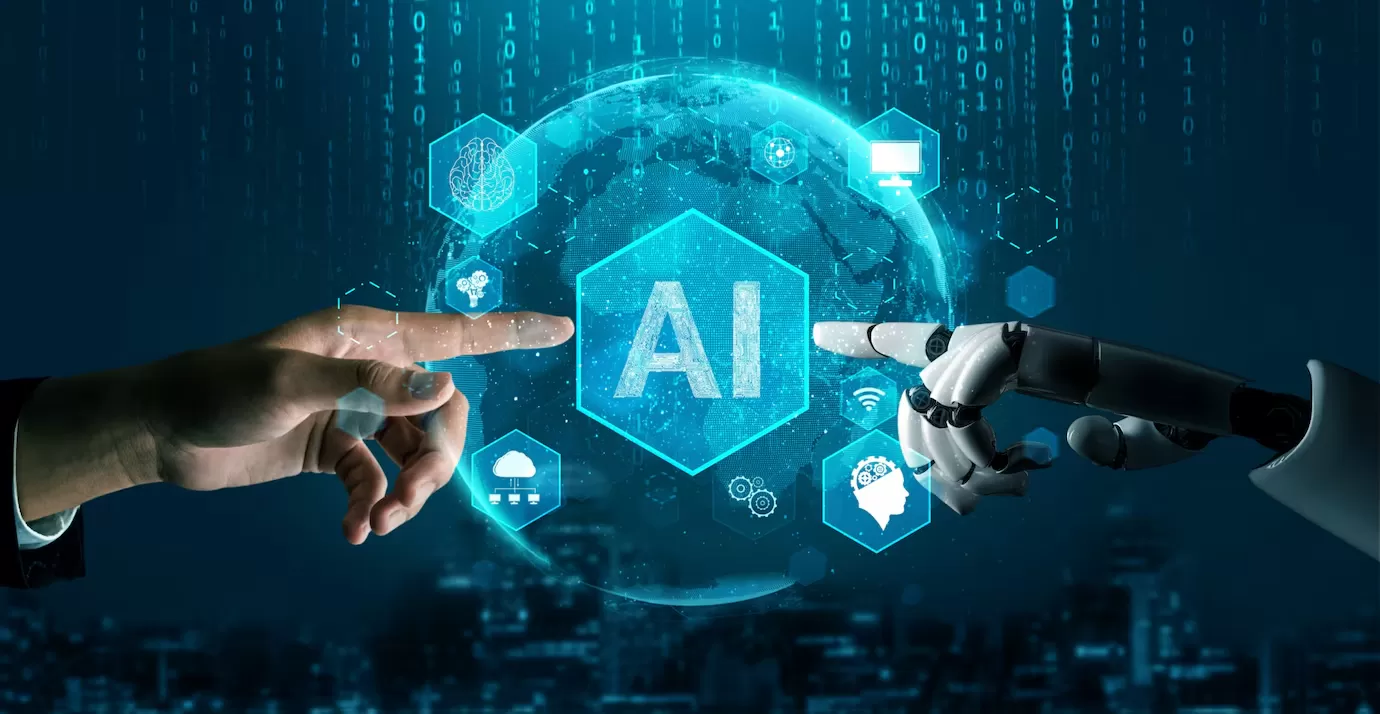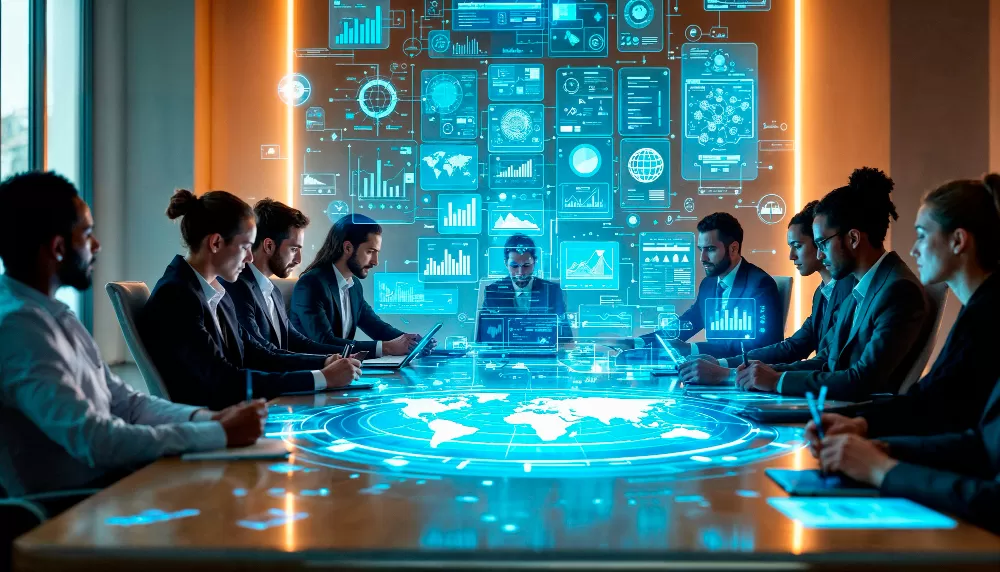
- Services .
- Industries .
- Company .
Explore detailed insights, expert opinions, and updates in our blog. Stay informed, discover new perspectives, and enhance your knowledge with every read.

As we look toward the future, the IT sector is poised to experience dramatic shifts driven by emerging technologies, evolving business needs, and changing consumer behaviors. Over the next 25 years, the landscape of information technology will be shaped by innovations that not only redefine the way we interact with technology but also transform industries, economies, and society as a whole. In this blog, we explore some key predictions for the IT sector in the next quarter-century and how businesses, developers, and consumers can prepare for these changes.
1. The Rise of Quantum Computing
Quantum computing is often hailed as one of the most transformative technologies of the future. Unlike traditional computers that use binary bits (0s and 1s), quantum computers use quantum bits or qubits, which can exist in multiple states simultaneously. This opens up immense computational power for solving complex problems that are currently beyond the reach of classical computers.
Predictions for the next 25 years:
2. Artificial Intelligence and Automation: Dominating Every Industry
AI and automation will continue to shape the future of the IT sector by making machines more intelligent and capable of performing complex tasks traditionally done by humans. AI-driven technologies like machine learning, deep learning, and natural language processing will penetrate every corner of the business and consumer landscape.
Predictions for the next 25 years:
3. 5G and Beyond: The Evolution of Connectivity
The rollout of 5G networks is just the beginning of a new era in connectivity. With speeds up to 100 times faster than 4G and ultra-low latency, 5G will power technologies like autonomous vehicles, smart cities, and IoT devices. However, this is just the first step. By 2045, we could see even more advanced networks, like 6G or 7G, bringing new possibilities for real-time communication and data exchange.
Predictions for the next 25 years:
4. Cloud Computing: The Backbone of IT Infrastructure
Cloud computing has already reshaped how companies approach IT infrastructure, with businesses migrating to platforms like AWS, Microsoft Azure, and Google Cloud. This trend will continue for the next 25 years, with cloud-native development becoming the standard for all businesses.
Predictions for the next 25 years:
5. Blockchain and Decentralized Technologies
Blockchain technology, most commonly associated with cryptocurrencies like Bitcoin and Ethereum, has potential applications far beyond digital currencies. In the coming decades, blockchain will play a pivotal role in ensuring data integrity, security, and decentralization in areas such as supply chain management, finance, and healthcare.
Predictions for the next 25 years:
6. The Rise of Biotech and Human-Computer Interfaces
The convergence of biotechnology and IT will lead to significant advancements in how we interact with computers and devices. Human-computer interfaces (HCI) will evolve beyond keyboards and touchscreens, utilizing technologies like brain-machine interfaces (BMIs), augmented reality (AR), and even genetic engineering.
Predictions for the next 25 years:
7. The Role of Cybersecurity in a Hyperconnected World
As the IT sector grows and technologies like IoT, AI, and blockchain expand, so will the cybersecurity risks. The demand for robust security solutions will increase to protect users from cyberattacks, data breaches, and emerging threats in an increasingly digital world.
Predictions for the next 25 years:
Conclusion
The IT sector is entering an exciting era of innovation, with new technologies on the horizon that will shape the next 25 years. From quantum computing to AI and blockchain, businesses and individuals will need to adapt to these changes to stay competitive and secure in an increasingly digital world. By embracing these advancements, the IT sector will continue to drive progress across all industries, creating opportunities for growth and transformation.
Are you ready for the future of IT? By staying informed and investing in emerging technologies, businesses can harness the power of these innovations and shape a brighter, more connected future for all.

How to Economically Hire Web and Mobile App Developers

Cross-Platform App Development Guide for Startups

Custom Web Application Development Guide for Startups

AI in Foreign Policy: Transforming Global Diplomacy

How AI and 5G Are Reshaping the Future of Telecom

How AI Is Shaping the Future of Entertainment Content

Solving Tech Debt: Smart Strategies That Boost Growth

Software Developer vs. Software Engineer: What’s the Difference?

Low-code vs. no-code app development

What Is Digital Transformation? A Modern Business Guide